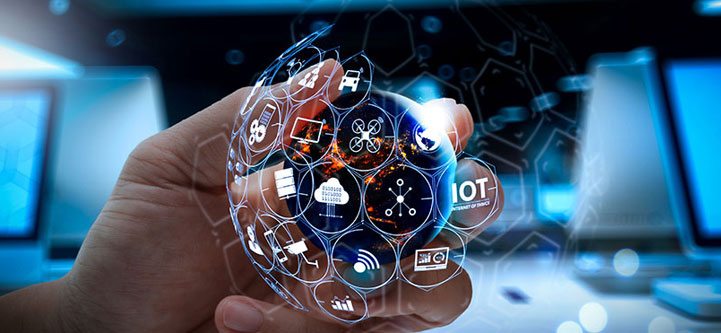
IOT
The Internet of Things is the principle of attaching any gadget to the Web and other network devices (as long as it has an on/off switch). The Internet of Things (IoT) is a massive group of networks objects that all gather and analyze data on how they are utilized and the world around them.
That includes a vast array of objects of all sorts of shapes, ranging from smart microwave oven that cook the meal for the exact duration of time you specify, to auto cars with sophisticated motion detectors objects in there channel, to wearable devices that track your cardiac rate and the number of effort you put each day and to use data to recommend personalized workout schedule. There are even linked soccer players that can monitor how far and how quickly they are thrown and save information for later use via an application.
What is the mechanism behind it?
Gadgets and items with constructed sensing are connected to an Internet of Things platform, which combines data from multiple collect and analyze to exchange the most helpful info with apps tailored to individual needs.
These sophisticated IoT solutions can detect precisely which data is valuable and which may be easily dismissed. This data can be used to spot patterns, offer suggestions, and identify potential issues that may occur.
For instance, if I have a vehicle manufacturing engineer, I might be interested in learning which voluntary elements (such as seat covers or alloy wheels) seem to be the most prevalent. I can just use Iot innovation to:
- Use sensors to monitor which regions of a flagship store are the most famous and where clients spend the most time;
- Dig down into the assessment that allows data to determine which elements are selling the quickest.
- Integrate sales data with source instantly, ensuring that common items do not run out of stock.
- The data collected by devices connected enable to make informed choices about which elements to restock on based on available data, saving money and effort.
